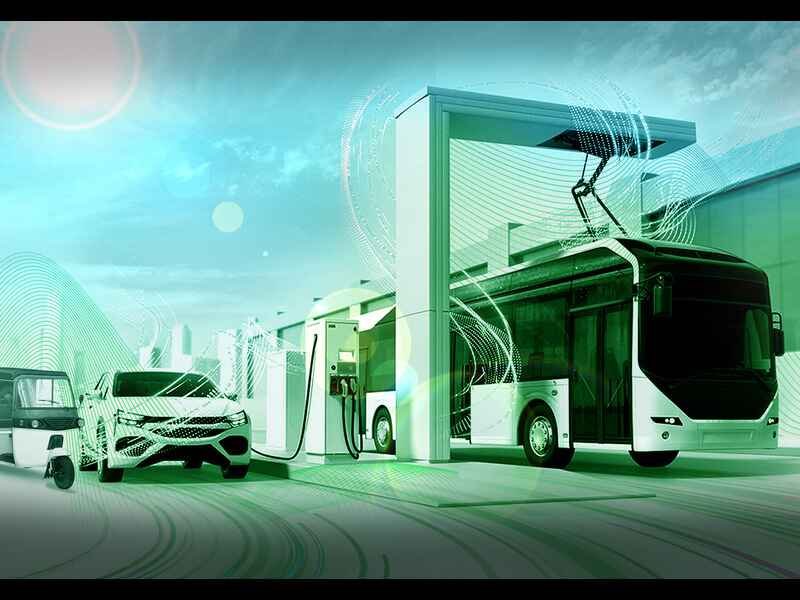Mahindra & Mahindra Ltd. (M&M), one of India’s leading automakers, has signed a supply agreement with Volkswagen Group, the largest car manufacturer in Europe, for components of Volkswagen’s Modular Electric Drive Matrix (MEB) for Mahindra’s purpose-built electric platform INGLO. The deal will enable Mahindra to launch five all-electric SUVs in India based on its new, disruptive electric platform, starting December 2024. This is a major boost for the e-mobility sector in India, which is expected to grow rapidly in the coming years.
E-Mobility : What is the MEB platform?
The MEB platform is Volkswagen’s dedicated architecture for electric vehicles, which offers high scalability, modularity and efficiency. The platform and its components are used by Volkswagen and its group brands such as Audi, Skoda, SEAT/CUPRA, as well as external partners like Ford and Mahindra. The MEB platform can accommodate various battery sizes, power outputs and vehicle types, ranging from compact cars to SUVs and vans.
What is the unified cell concept?
The unified cell concept is the core element of Volkswagen’s battery strategy, which aims to reduce the cost and complexity of battery production and supply. The concept involves using a standardized battery cell format for 80% of Volkswagen’s electric vehicles by 2030, which will reduce the cost of battery cells by up to 50%. The unified cell concept will also enable faster charging, higher energy density and longer range for electric vehicles.
How will Mahindra benefit from the deal?
Mahindra will be the first external partner to use the unified cell concept, which will give it a competitive edge in the Indian electric vehicle market. Mahindra will equip certain ranges of its electric platform INGLO with electric components of Volkswagen’s MEB and unified cells, which will enhance the performance, efficiency and safety of its electric SUVs. Mahindra plans to launch five all-electric SUVs in India through INGLO December 2024 onwards. These include:
- XUV700e: A premium mid-size SUV with a range of 450 km and a 0-100 km/h acceleration of 6 seconds.
- XUV500e: A popular mid-size SUV with a range of 400 km and a 0-100 km/h acceleration of 7 seconds.
- XUV300e: A compact SUV with a range of 350 km and a 0-100 km/h acceleration of 8 seconds.
- Bolero Neo e: A rugged utility vehicle with a range of 300 km and a 0-100 km/h acceleration of 10 seconds.
- KUV100e: An affordable hatchback with a range of 250 km and a 0-100 km/h acceleration of 12 seconds.
What is the vision behind the collaboration?
Volkswagen Group and Mahindra share a joint vision for e-mobility collaboration, which started with a partnering agreement and a term sheet in 2022. Both companies aim to strengthen their e-mobility footprint in the Indian automotive market and to accelerate electrification in the region. India is one of the largest automotive markets in the world, with more than five million new vehicles per year in 2023. The electrification of the passenger car segment is expected to gain significant momentum in the coming years, driven by government policies, consumer preferences and environmental concerns.
The supply agreement between Volkswagen Group and Mahindra will run over several years and will have a total volume of about 50 GWh over lifetime. This will make it one of the largest deals in the global e-mobility space. The partnership between Volkswagen Group and Mahindra is led by Volkswagen Group Technology and its “Platform Business” unit in close cooperation with Škoda Auto Volkswagen India Pvt. Ltd.
Recent Blog : Bandhan Bank Authorized by WB Govt for Tax Collections
